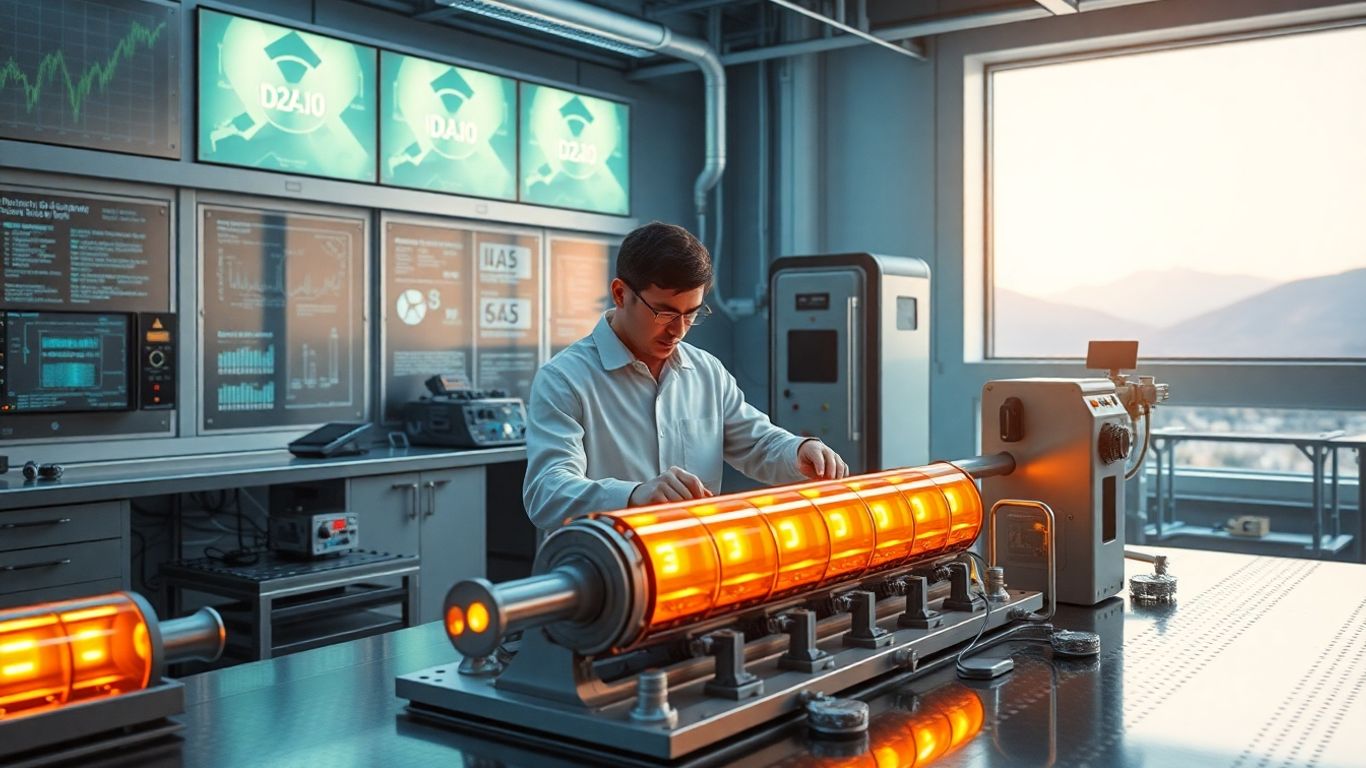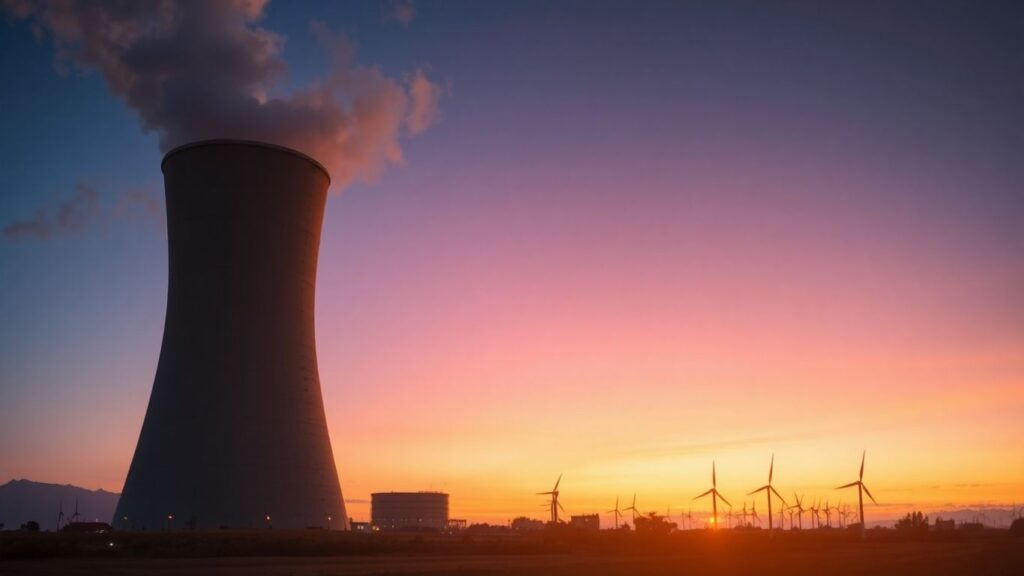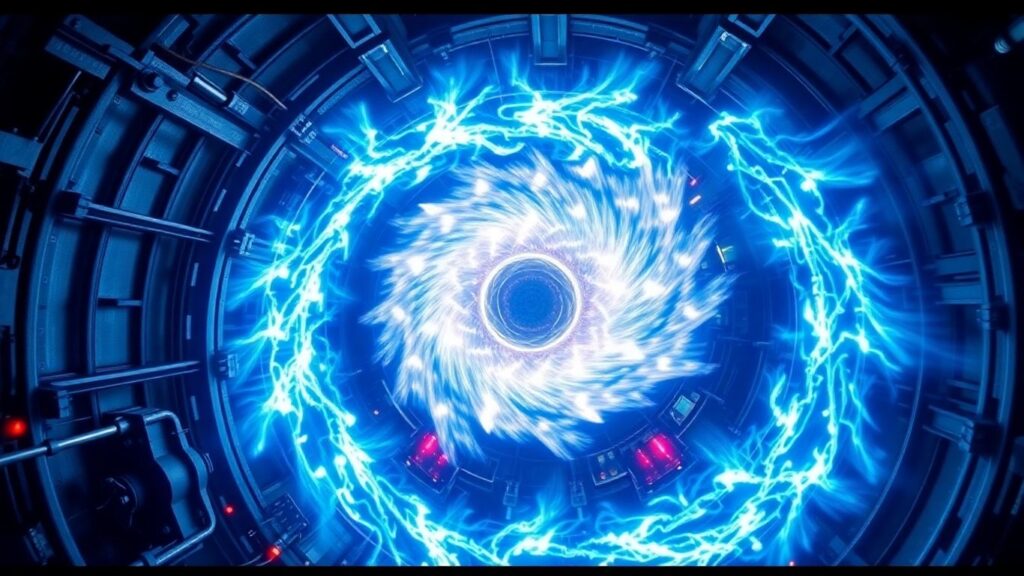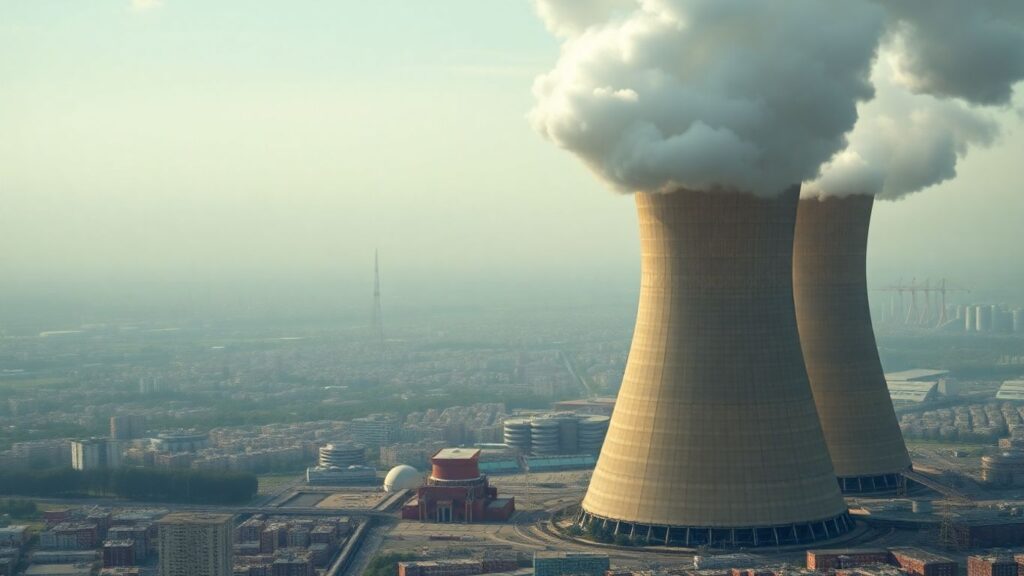A collaborative effort between Idaho researchers, a national laboratory, and private industry has yielded a breakthrough in nuclear energy: a new type of nuclear fuel engineered to enhance safety, efficiency, and waste management for today’s reactors. This advancement holds promise for significantly influencing the nuclear power landscape in the U.S. and worldwide.
Key Takeaways
- Idaho National Laboratory (INL) partners with Clean Core Thorium Energy and Texas A&M University.
- The new fuel combines thorium with high-assay low enriched uranium (HALEU) and uses an innovative pellet structure.
- Initial irradiation tests show strong fuel stability and integrity in high-performance scenarios.
- The project is uniquely funded entirely by private capital, highlighting industry drive.
Transforming Nuclear Fuel Design
Nuclear power plants rely on specialized fuel to produce safe and efficient energy. The newly developed fuel, known as Advanced Nuclear Energy for Enriched Life (ANEEL), replaces conventional uranium oxide fuel with a proprietary mixture of thorium and HALEU. Unlike traditional fuels, the ANEEL design features annular fuel pellets, each with a central hole to improve gas release and performance under stress.
This updated formulation addresses three crucial challenges in nuclear energy:
- Enhanced Safety: The annular design helps prevent structural failure at high temperatures.
- Reduced Nuclear Waste: Thorium’s properties can lead to less long-lived radioactive waste.
- Cost Efficiency: Improved burnup reduces the frequency of fuel replacement and disposal.
Teamwork and Technical Achievements
The collaboration brought together Clean Core Thorium Energy’s innovation, Texas A&M’s fabrication expertise, and INL’s world-class testing facilities. Texas A&M blended uranium and thorium oxides to precise specifications, forming more than 200 fuel pellets.
Testing took place at INL’s Advanced Test Reactor (ATR), renowned for its ability to simulate the extraordinarily demanding conditions found inside commercial reactors. Researchers inserted the experimental fuel into ATR, with irradiation cycles designed to replicate years of reactor operation within months.
Promising Early Results
Initial post-irradiation examinations reveal that the new fuel maintains its structural integrity and shape even after prolonged exposure to high neutron fluxes. Techniques such as neutron radiography, visual inspection, and advanced microscopy have been employed to scrutinize the fuel’s performance. Notably, scientists found no significant deformation or cracking—a strong indicator for the viability of the design in real-world settings.
Further, ongoing destructive examinations will provide insights into grain structure changes, fission gas release, and the overall long-term behavior of the new fuel under operational stresses.
Boosting U.S. Nuclear Innovation
This endeavor marks a significant step for American nuclear leadership. By leveraging INL’s unique resources and capabilities, the partnership has paved the way for safer and more efficient reactors. The project not only demonstrates technical achievement but also exemplifies how private funding and public research facilities can work together to drive innovation.
Ultimately, the successful qualification and commercialization of this novel fuel could enable existing reactors to operate longer, safer, and more economically—while reinforcing the country’s position as a leader in nuclear technology.
Sources
- Idaho researchers collaborate with US company to develop novel nuclear fuel to preserve, improve today’s
reactors, Idaho National Laboratory (.gov).












